Part of hunting is understanding the environment around you. You need to put the time in scouting areas and reading sign and terrain. You need to pour over maps and get landowner permission to hunt. More importantly, you need to understand the wildlife, not only the animals you intend to hunt, but also all of the others. You need to understand how they all fit into that ecosystem. For example, you would never hunt a Blue Jay, but you need to understand that the Blue Jay is Nature’s alarm system. If you hear a Blue Jay sounding off it is warning every creature in the woods that there is a potential danger present. What would you do if you heard one? Probably the best way to come to the answer of that question is to start studying wildlife and the best place to start is in your own backyard.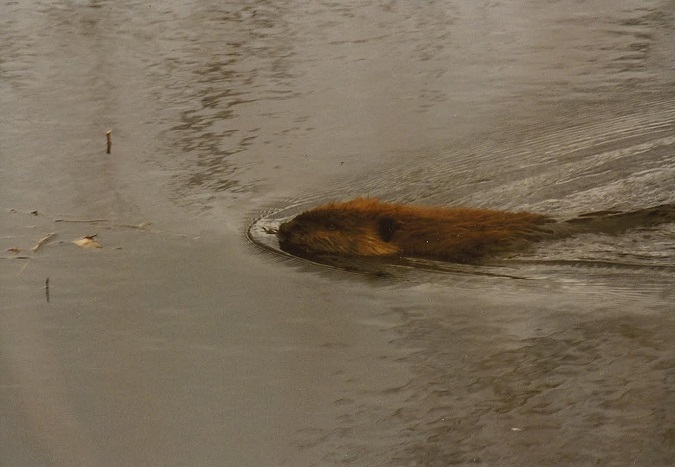
When I was a kid growing up in Hudson, New Hampshire we didn’t have much. I guess you would consider us poor, but my sisters and I never knew we were “poor”. We were fed, clothed and had a roof over our heads. We went to school and worked hard. At a very early age my mother taught me about the outdoors. She always fed the squirrels and other wildlife that visited our yard. Though my sisters never really seemed to care, I would spend hours with my mother, sitting at the window watching the comings and goings of the animals. When the animals had left she would often take me outside to see what kind of sign they left behind. It was here that I learned about reading tracks, scat and wing marks left in the dirt or snow. As I grew older I learned how to follow those tracks back to where the animal had gone. These were lessons I took with me when I first started hunting and I first learned these skills in my own backyard.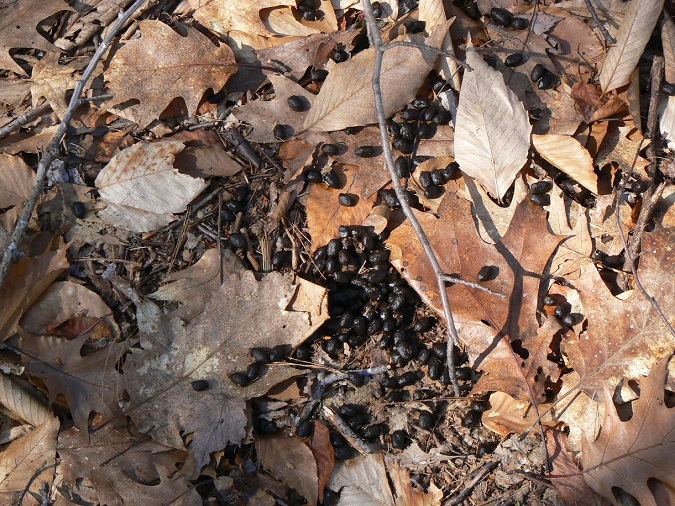
Fast forward to 20+ years ago to when my daughter was born. Every year I would put out bird feeders and I would hold her to the window so she could watch the birds. As she grew older I showed her the tracks in the snow behind our Goffstown, New Hampshire home. She learned to identify the wing marks of an owl or hawk that tried to catch a squirrel that had come to the feeder. Sometimes she also saw the end results if it had been successful. She could read the tracks left behind the night before by the fox. Today, though she chooses not to hunt, she can still track wildlife and that is because we learned to watch the critters in our own backyard. Better yet, we are teaching my granddaughter Sophia those same skills.
Your backyard is also a good place to hone your vision and hearing. The rustle of leaves or brush, or the snap of a twig can mean one of two things to a hunter; either potential prey or a potential predator. Being able to detect those sounds could save your life or it could put food on the table. Spend some time in your backyard, sitting quietly and just listen. When you hear a sound try to detect where it came from and what made it. The more you do this the more acute your hearing will become. You don’t know how many turkeys and deer I have detected by just the snap of a twig.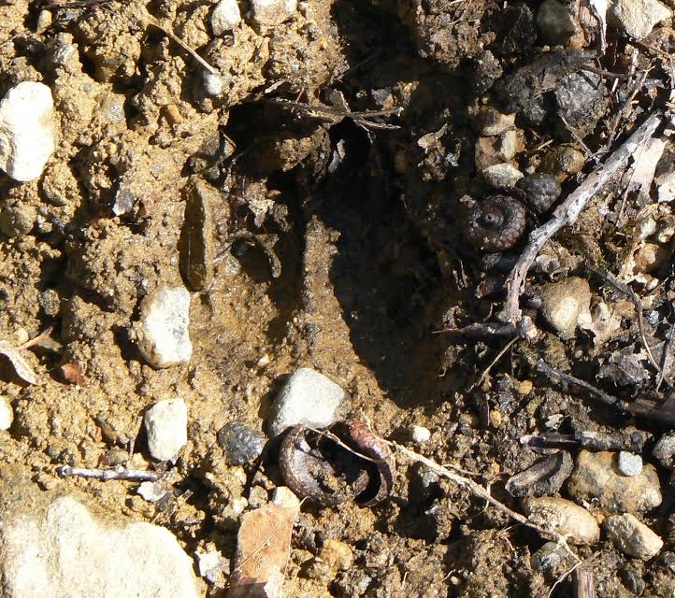
The best hunting usually happens during that magic time around dawn and dusk. This is the time when most animals are active, but it is also a time of extreme low light. A hunter needs to be able to see and identify their target before ever making a shot. You need to train your eyes and brain to work in these low light situations. Here again your own backyard provides the best testing ground. Go out at 4:00am and sit. Allow your eyes to become accustomed to the dark. At first you will see nothing; soon you will be able to detect movement. Over time you will start to make out images and patches of light colored fur. I have a family of Gray fox living in my backyard and at 4:00am they are running all over the place. They know I am there as I am not trying to hide. I just sit still and watch, listen and learn. My wife still hasn’t seen them because she hasn’t taken the time to train her eyes. She, like many people, doesn’t like getting up at 4:00am and sitting in the dark.
There are many mornings that you will find me in the backyard just sitting there. Sometimes it is not the fox I spot, but instead a raccoon, opossum, or worse yet, a skunk. A word to the wise here, if you spot a skunk do not make any sudden moves. It knows you are there, but if you don’t scare it, it will not spray. One morning the fox and the skunk were out there at the same time. Thankfully nothing happened. Other critters visiting my backyard include deer, coyotes, turkey, hawks, owls, squirrels, chipmunks and more birds than I can name here. You just never know what will show up or when.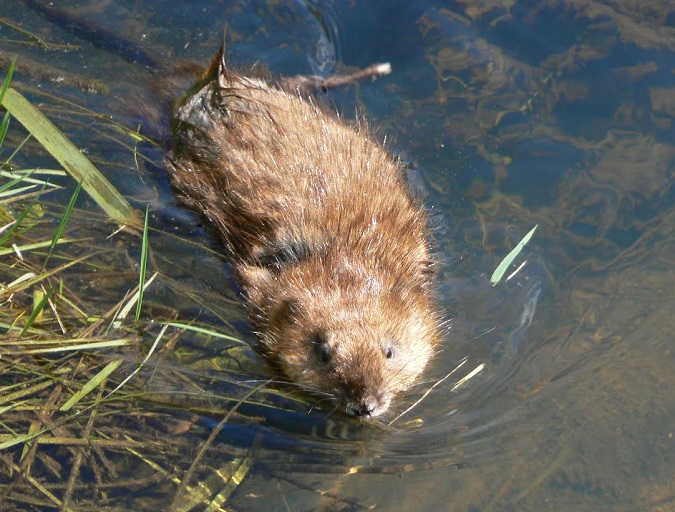
Wherever I go I try to watch wildlife as each place and time will teach you different things. From a hotel on the outskirts of San Diego, California to a field in Colorado Springs, Colorado or the backyard of my friend Mark in Lancaster, New Hampshire, careful observation has taught me many things and has made me a better hunter. By understanding the environment I find myself in I have been able to find animals that other people miss.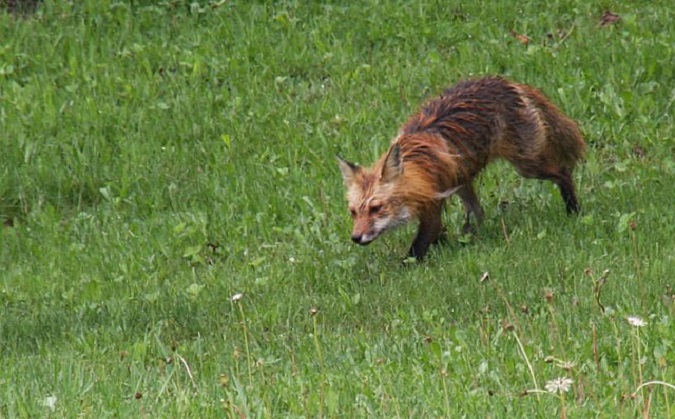
Hunting to me means establishing my place in the circle. Hunting is not a sport for me. It is a means to an end. To make a clean, humane kill means more to me than putting a trophy on the wall. A successful hunt means my family is fed. To enable me to do this I need to understand and respect the environment and the other creatures that share this world with me. I take what I need and no more. In order to do this I start in my “backyard”, wherever that may be, and watch and learn. You should too.
